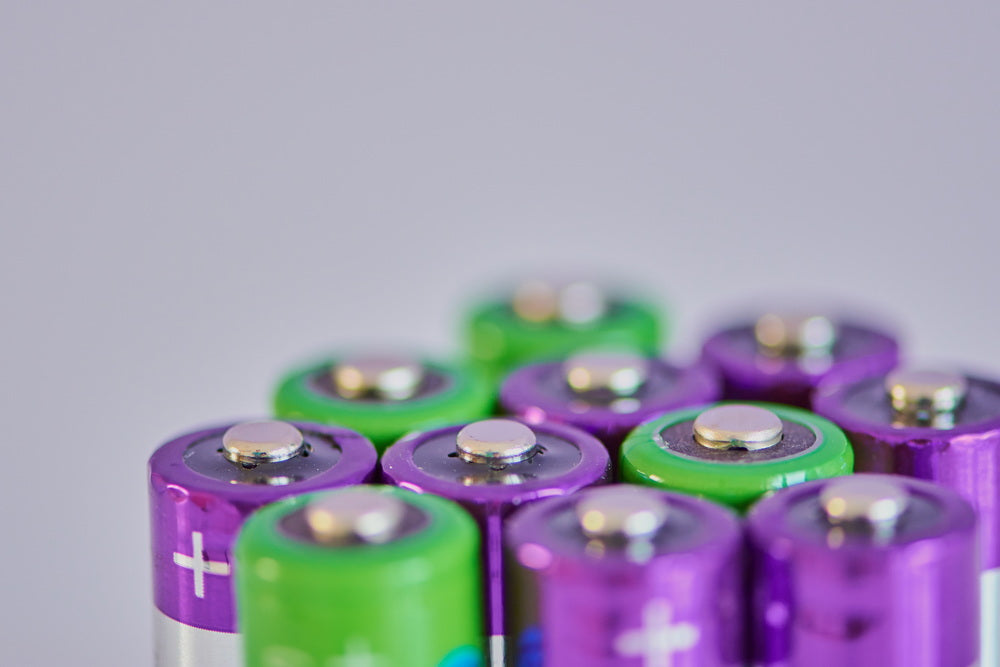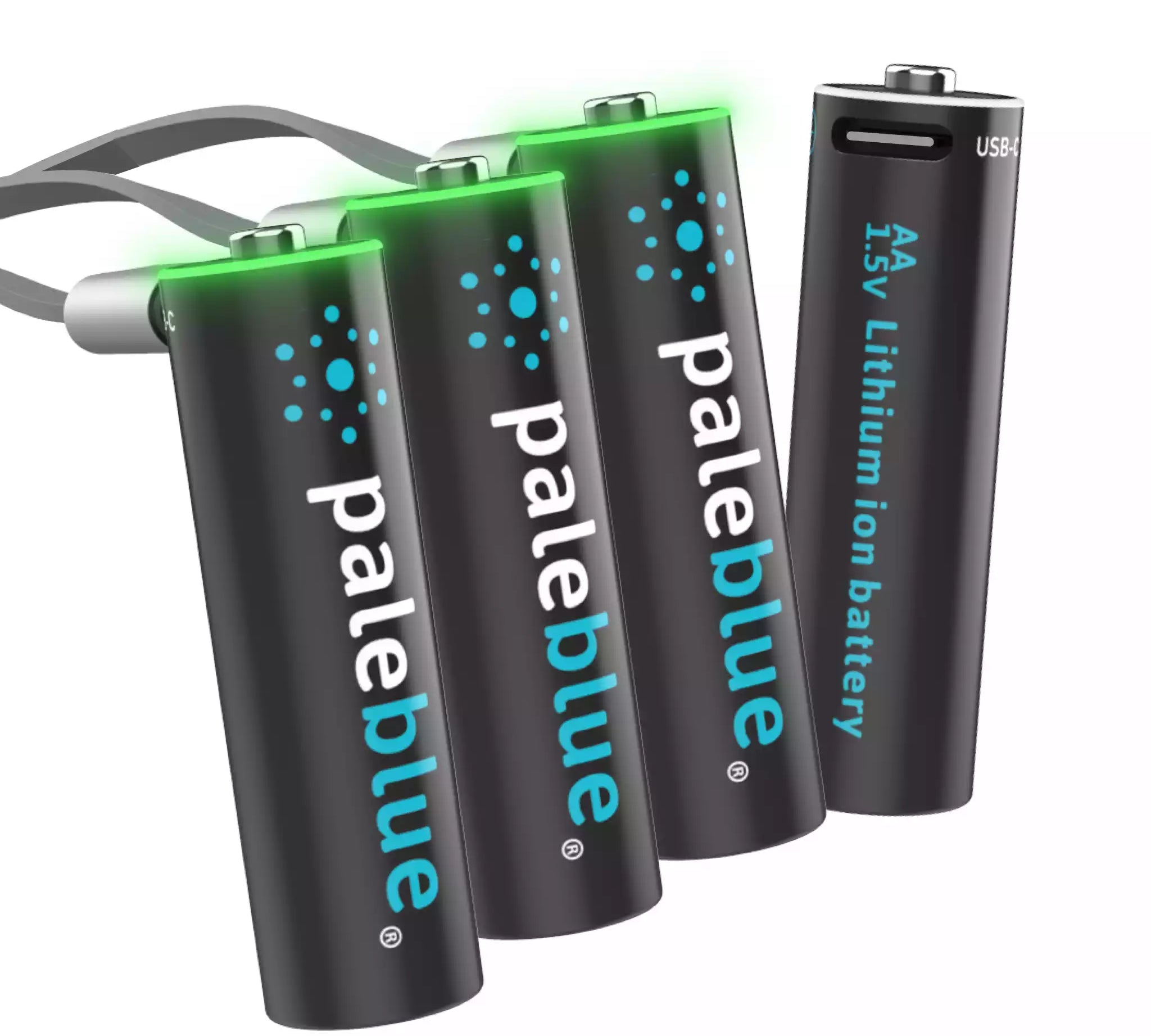What To Do with Alkaline Batteries After You Make the Switch

One of our goals is to convince as many people as possible to trade their alkaline batteries for rechargeable lithium-ion batteries. We want to put an end to single-use products, specifically household batteries. Maybe that wasn’t a simple goal previously, the battery industry doesn’t make it easy. After all, they make money from selling disposables, but advancements in technology have made it easier, and changed our lives with mobile devices, like Smartphones, so isn’t it time to ‘ditch the disposables!' At any rate, we also recognize that many of the customers turning to Paleblue for the first time may still have unused alkaline batteries lying around.
Do we want you to just throw them away? Of course not. You have already paid for them, so you might just as well put them to use. However, we suggest being very particular about the devices you use them in. Stick with low power devices.
Wall Clocks and TV Remotes
Many of the electronic devices in our homes use very little energy. Wall clocks and TV remotes immediately come to mind. Both are ideal for using up alkaline batteries. That electric wall clock in the family room could run on a single AA battery for a year or longer.
Wireless mice are also low power devices, so are wireless keyboards. All are devices for which those old Alkaline can make sense. Just make the change, and do not buy new single-use batteries once they have completely died, go with rechargeable batteries instead.
Rechargeable Batteries and High-Power Devices
The other side of the coin are the medium-power devices we use every day. For example, RC toys and electric razors come to mind. So do hand-held wireless game controllers. They can easily drain batteries within a few hours of use or less.
They are the types of devices for which our USB rechargeable batteries are ideal. Because lithium-ion batteries can be recharged 1,000 times and more, they are much more economical for high power needs where you might otherwise use a lot of single use products.
As a side note, you may be wary of rechargeable batteries due to past experience. Back in the early days of digital cameras for example, photography experts warned against using rechargeable batteries in those devices. The reasoning was simple: NiCad and NiMH batteries discharged too quickly to be useful. The experts told photographers to stick with disposable batteries.
Things are different in the era of lithium-ion batteries. One of the biggest advantages of lithium-ion technology is the fact that it offers a discharge rate similar to alkaline batteries. Furthermore, lithium-ion cells have a higher energy density compared to disposable products. That makes them ideal for digital cameras.
Getting the Most from Your Rechargeable Batteries
We want to offer a couple of tips to help you get the most from your rechargeable batteries. First, the experts recommend investing in a good charger. However, you do not need a separate charger when you purchase Paleblue USB rechargeable batteries. The circuitry built into our batteries makes it possible to recharge them using any standard USB port or USB Smartphone power supply.
How often should you charge? Letting a lithium-ion battery fully discharge doesn't extend its life any, that was a problem with the old NiMH rechargeable batteries. On the other hand, you cannot overcharge them either, as the on board circuit controls charging. So when you're through using your device, take the Paleblue batteries out and just plug them in. Keeping them fully charged whenever they aren't in use is your best bet. You should also top them up with a charge every 6-9 months if they aren’t being used.
All of the other common battery tips still apply. These include storing batteries in a cool, dry place, not exposing them to high heat, and not storing them where they can come in contact with metal objects.
We hope you are seriously considering replacing your disposable alkaline batteries with rechargeable products. Then use whatever alkalines you have left in low-power devices. That way, you will get your money's worth from them. The really important point is to stop the waste associated with single use products, like Alkaline batteries, and buy products you can reuse. This will reduce your footprint and stress on the planet for years to come.
- Tags: Economical Sustainability







